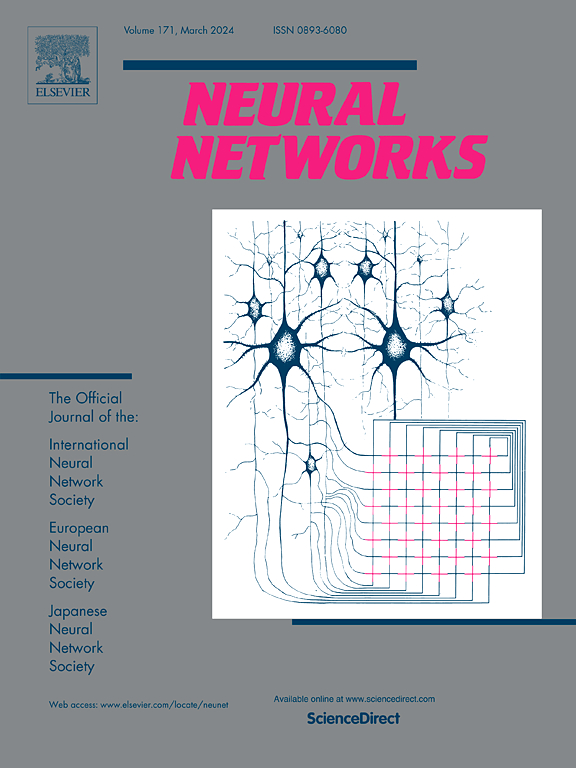Deep graph clustering via aligning representation learning
IF 6
1区 计算机科学
Q1 COMPUTER SCIENCE, ARTIFICIAL INTELLIGENCE
引用次数: 0
Abstract
Deep graph clustering is a fundamental yet challenging task for graph data analysis. Recent efforts have witnessed significant success in combining autoencoder and graph convolutional network to explore graph-structured data. However, we observe that these approaches tend to map different nodes into the same representation, thus resulting in less discriminative node feature representation and limited clustering performance. Although some contrastive graph clustering methods alleviate the problem, they heavily depend on the carefully selected data augmentations, which greatly limits the capability of contrastive learning. Otherwise, they fail to consider the self-consistency between node representations and cluster assignments, thus affecting the clustering performance. To solve these issues, we propose a novel contrastive deep graph clustering method termed Aligning Representation Learning Network (ARLN). Specifically, we utilize contrastive learning between an autoencoder and a graph autoencoder to avoid conducting complex data augmentations. Moreover, we introduce an instance contrastive module and a feature contrastive module for consensus representation learning. Such modules are able to learn a discriminative node representation via contrastive learning. In addition, we design a novel assignment probability contrastive module to maintain the self-consistency between node representations and cluster assignments. Extensive experimental results on three benchmark datasets show the superiority of the proposed ARLN against the existing state-of-the-art deep graph clustering methods.
求助全文
约1分钟内获得全文
求助全文
来源期刊

Neural Networks
工程技术-计算机:人工智能
CiteScore
13.90
自引率
7.70%
发文量
425
审稿时长
67 days
期刊介绍:
Neural Networks is a platform that aims to foster an international community of scholars and practitioners interested in neural networks, deep learning, and other approaches to artificial intelligence and machine learning. Our journal invites submissions covering various aspects of neural networks research, from computational neuroscience and cognitive modeling to mathematical analyses and engineering applications. By providing a forum for interdisciplinary discussions between biology and technology, we aim to encourage the development of biologically-inspired artificial intelligence.
 求助内容:
求助内容: 应助结果提醒方式:
应助结果提醒方式:


